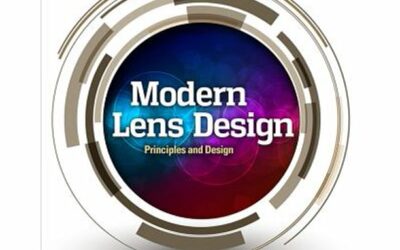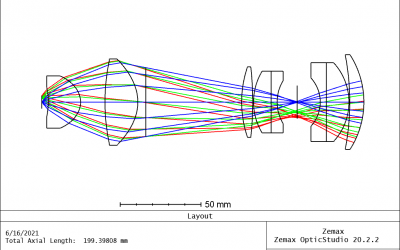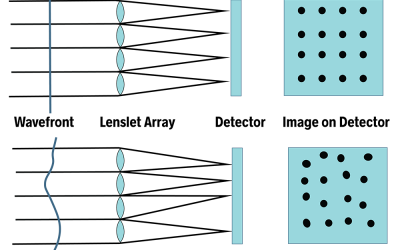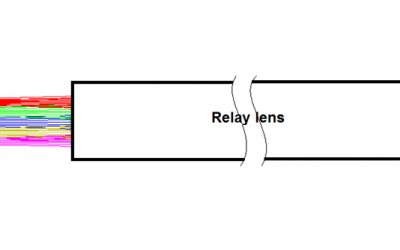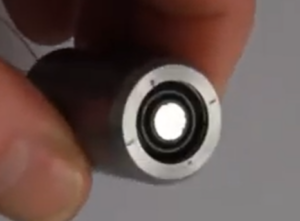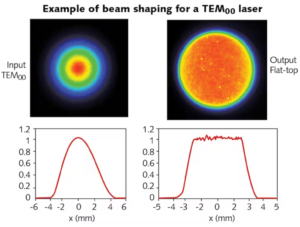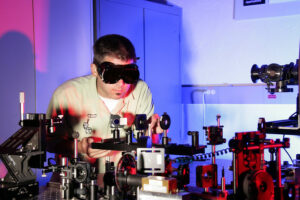In this post we will review textbooks, online tutorials, discussion forums like the ELE Optics Community and software training programs like Zemax training and other great sources to help engineers learn lens design from basic concepts to advanced techniques.
John
John Ellis has been featured in publications such as the Washington Post. He is also the founder of Optics for Hire and inventor of the RollRanger, the world’s first tape edge sensor. His company designs and develops custom optical systems for industry leaders like Amazon, HP, Toyota and GE. His life-changing inventions have been featured in Wall Street Journal, Boston Globe, iHeartRadio, NBC4 Los Angeles, SFGate, and many others.
You may find him on Linkedin

